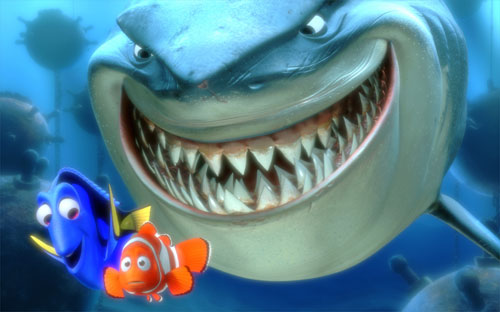Pixarvolt – Animation and Revolt
by: Judith Halberstam / University of Southern California

In contemporary animated feature films for kids, a genre I call “pixarvolt,” certain topics which would never ever appear in adult films are central to the success and emotional impact of the narrative.